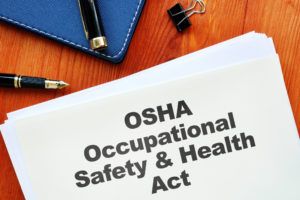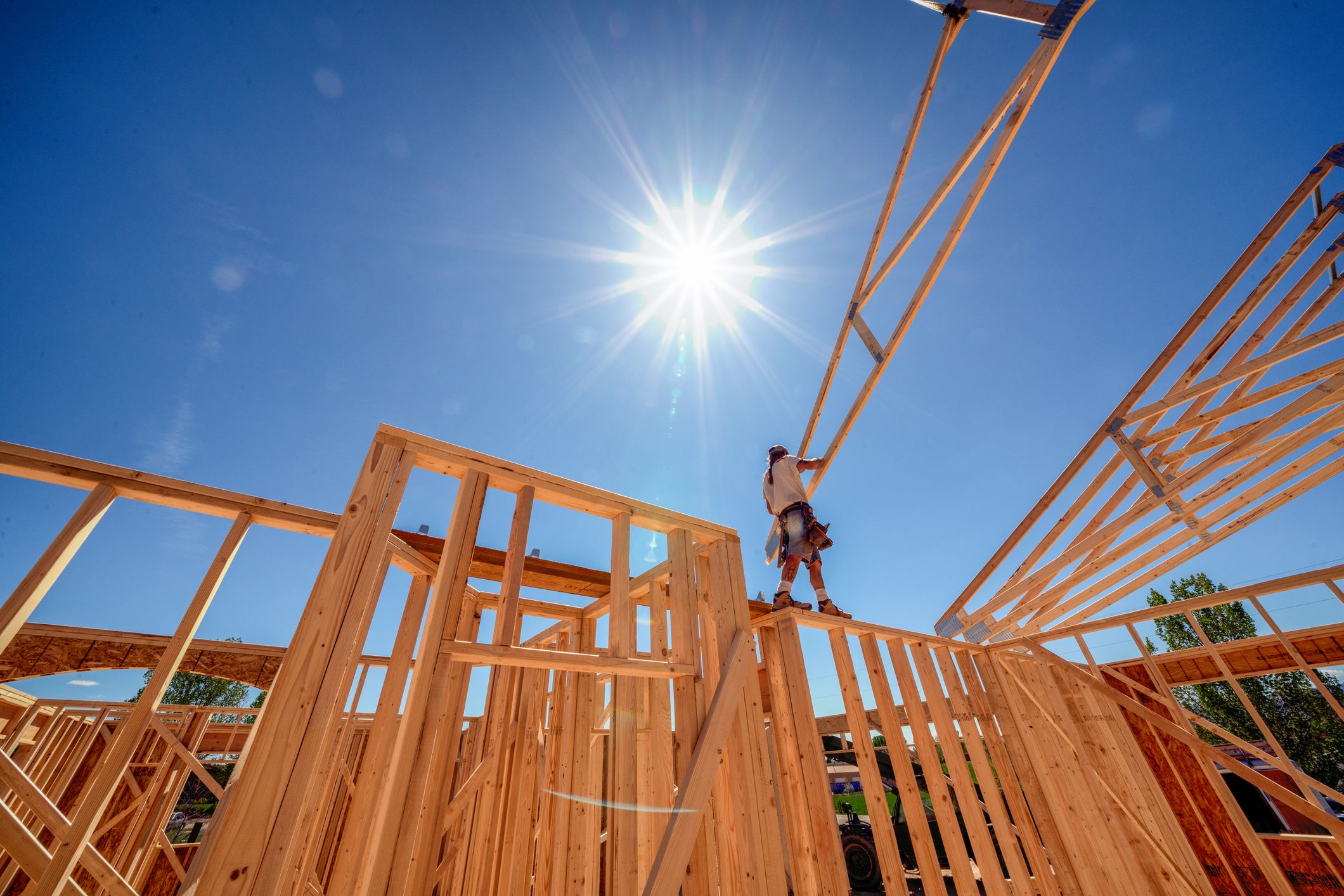Sponsored by
Planning for the Worst: Why your business needs a continuity plan
The coronavirus pandemic has brought many businesses to a screeching halt, highlighting some of the vulnerabilities that modern businesses face. If your business does not already have one, it is important to consider drafting and implementing a business continuity plan to be prepared for the next crisis or emergency.
What is a business continuity plan?
A business continuity plan is an invaluable asset for any business, large or small. Most business continuity plans have three main components:
• Risk assessment
• Risk avoidance
• Crisis planning and management
A business continuity plan should assess the types of risks that may negatively impact your business. While a global pandemic may be a once-in-a-lifetime occurrence, more foreseeable risks include natural disasters, information technology (IT) interruptions, and public relations scandals.
Once you have identified the risks targeting your business, the business continuity plan should assess the potential impact of those risks on your business: Will your physical locations need to close? How will information be communicated to your employees? Do you need to release a statement to the media? These are just a few of the many questions that a business continuity plan should address.
Once the risks have been thoroughly assessed, the continuity plan should go a step further by outlining how your business can avoid those risks. This section of the plan may include specialized training for your employees on how to avoid potential risks.
Next, a business continuity plan should contain detailed crisis planning and management in the event that an emergency or crisis actually occurs. The plan should identify point-of-contact crisis leaders and lay out a detailed plan of how your business will effectively respond to the emergency or crisis. Ultimately, the goal is to resume normal operations during the crisis. If that is not possible, then the goal should be to resume normal operations as soon as it is safe and practical to do so.
What should a business continuity plan contain?
While each business continuity plan will differ depending on each individual organization, there are a few principal contents that each plan should contain:
• Identify critical functions and infrastructure: What can your business absolutely not operate without? Once you identify those critical functions and infrastructure, you will be able to identify potential risks for those specific areas.
• Identify a point-of-contact and hierarchy of leaders to respond to a potential crisis: Communication is key during times of crisis. It’s important to have a clear and organized hierarchy of communication and leaders during an emergency.
• Create a plan to respond to a crisis at each stage: What are the first steps to respond? How will operations resume? Answering these questions ahead of time will better prepare your business for an actual emergency.
• Plan for a debriefing: It’s important to debrief after a crisis to learn what did and did not go according to plan. Debriefing allows you to better prepare for the next emergency.
What are the benefits of having a business continuity plan?
In a word: time. During a crisis or emergency, every second matters. With a business continuity plan, your business will be better equipped to timely respond to the emergency, adapt to new obstacles, and resume normal operations. Without a plan, there may be confusion about who is responsible for leading the crisis response effort, what steps to take in response to the crisis, and what should and should not be communicated among your workers and to the public. A business continuity plan forces you to consider these difficult issues in a stable, low-pressure environment before an actual emergency takes place. In this sense, a business continuity plan is an invaluable road map to help you and your business navigate difficult times.
For more information on business continuity plans, click here.
OSHA will consider employers’ good faith
efforts during the Coronavirus Pandemic
This week, the U.S. Department of Labor’s Occupational Safety and Health Administration (“DOL”) issued new guidance to its compliance officers to evaluate an employer’s good faith efforts to comply with safety and health standards during the coronavirus pandemic. Under the Occupational Safety and Health Act (“OSHA”), employers are legally obligated to provide their employers with a workplace free from serious recognized hazards and to comply with OSHA standards, rules, and regulations.
 However, the coronavirus pandemic has strained many businesses, which may not be operating at their normal capacity. To add, infection control measures may limit an employer’s ability to provide training, auditing, and other essential safety and industrial hygiene services. In light of this, the DOL’s new guidance is likely to give some employers a temporary reprieve during this public health crisis.
However, the coronavirus pandemic has strained many businesses, which may not be operating at their normal capacity. To add, infection control measures may limit an employer’s ability to provide training, auditing, and other essential safety and industrial hygiene services. In light of this, the DOL’s new guidance is likely to give some employers a temporary reprieve during this public health crisis.
According to the DOL, compliance officers will evaluate if an employer:
• Explored all options to comply with applicable standards (e.g., use of virtual training or remote communication strategies);
• Implemented interim alternative protections, such as engineering or administrative controls; and
• Rescheduled required annual activity as soon as possible.
If an employer is unable to comply with OSHA requirements due to a stay-at-home or shelter-in-place order by the local authorities, the employer should demonstrate a good faith attempt to comply with the applicable requirements as soon as they are able to safely and legally reopen.
The DOL’s guidance also states that compliance officers will take employers’ attempts to comply in good faith into “strong consideration” when determining whether a citation will be given. However, the DOL warns that it will still issue citations if an employer cannot demonstrate any efforts to comply.
To learn more about how your business can comply with OSHA and reduce workers’ risk of exposure to coronavirus, click this link.
The new DOL guidance took effect on April 16, 2020 and remains in effect indefinitely.
COVID-19 and construction law
The ongoing coronavirus pandemic is negatively impacting many industries throughout the world and the construction industry is no exception. Indeed, the pandemic is threatening the very foundation of construction projects: supply and labor. And a cracked foundation often leads to a legal domino effect for project owners, general contractors, and everyone in between. This article highlights several construction law issues and the impact of COVID-19.
Force Majeure
Generally speaking, force majeure excuses a party’s nonperformance due to an unforeseeable event. But whether the coronavirus pandemic qualifies as a force majeure event will depend on the exact wording of your construction contract. Some contracts list out what events qualify as force majeure events, while others are more open-ended. Even if your force majeure clause is triggered, it may not completely excuse a party’s nonperformance. Instead, it may require you to provide notice to the other party within a specific time period, mitigate your damages, or attempt to resume performance after the force majeure event ends. To learn more about force majeure, click this link.
Supply and Labor Shortages
Many businesses, both domestic and foreign, are shutting down or reducing operations to combat the spread of COVID-19. This downturn in operations may negatively impact the ability of contractors to timely secure materials and supplies necessary for construction projects. In that vein, contractors should remain in contact with their supply chain to be aware of potential delays or shortages. If there is a supply shortage, contractors should make reasonable efforts to secure the supplies from alternative vendors, if appropriate or possible.
Similarly, domestic stay-at-home or shelter-in-place orders may reduce the workforce available to work at certain construction job sites. Depending on our jurisdiction, construction may or may not be classified as an “essential” business that is allowed to continue full operations during the pandemic.
Delay
Many construction contracts require you to give the other party notice of a delay. Under American Institute of Architects (“AIA”) Document A201, notice of a delay must be given not later than 21 days after the delay comes to the contractor’s attention or the claim for time may be waived. But many construction contracts may have different notice provisions, which may or may not allow the contractor more time, regardless of the circumstances.
Health and Safety
Parties should pay particular attention to their health and safety obligations, especially during a global pandemic. Contractors and subcontractors should ensure that their employees are provided with a work environment free from recognized health hazards likely to cause death or serious physical harm. Be sure to follow your local authorities’ guidelines on social distancing and the wearing of personal protective equipment. To learn more about an employer’s obligations under the Occupational Safety and Health Act (“OSHA”), click this link.
Conclusion
The effects of the coronavirus pandemic are unlikely to go away anytime soon. It is important to remain prepared for contingencies, such as labor or supply shortages, and to react appropriately under the circumstances. It is equally important to remain mindful of your obligations under your construction contract, and to follow all notice and timely communication provisions to protect your rights.
Baton Rouge Office | 8440 Jefferson Highway | Suite 301
Baton Rouge, LA 70809 | Phone: (225) 929-7033 | Fax: (225) 928-4925
Attorneys: Luke Piontek | Bradley Guin | George W. Hardy
New Orleans Office | 1515 Poydras Street | Suite 2330
New Orleans, LA 70112 | Phone: (504) 566-1801 | Fax: (504) 565-5626
Attorneys: Wayne Fontana | Chuck Pisano | Skye Fantaci
 GET DAILY REPORT FREE
GET DAILY REPORT FREE











